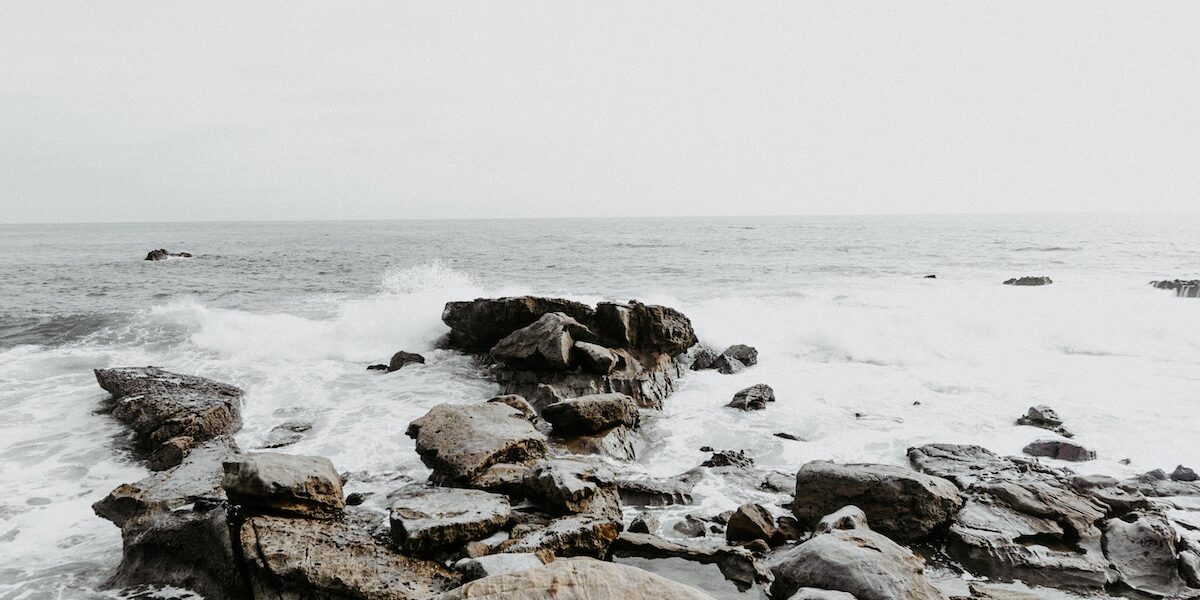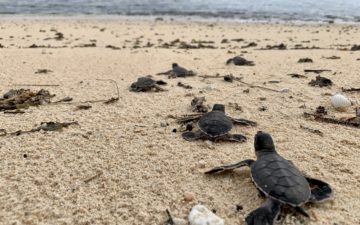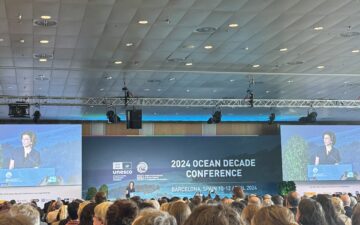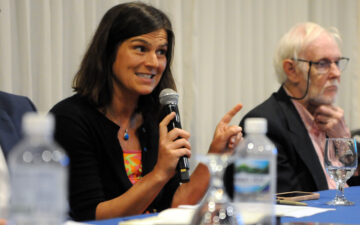Author: Mark J. Spalding, President
I just returned from four and a half days in California. I love going back to visit my home state and see familiar sights, smell the coastal sage scrub, hear the gulls calling and the crashing waves, and walk miles on the beach in the morning fog.
The first two days, I was in Laguna Beach attending the Surfrider Foundation’s board of directors meeting. Board meetings for nonprofit organizations are challenging because you listen as the staff and executive tell you about the great work of the organization being done with a minimum of financial resources. My heartstrings are tugged by the sacrifices made by the staff to work untold hours on behalf of our ocean, coasts and beaches through numerous volunteer chapters, more beach cleanups than any other organization, and tens of legal and policy victories per year. Those of us who serve on the Board are volunteers, we pay our own way to attend the meetings, and we all make a pledge to support the organization in any way we can.

At the end of the Board meeting on Sunday, I drove to La Jolla and sat down with Margaret Leinen, the Director of the Scripps Institution of Oceanography and Dean Peter Cowhey of UCSD’s School for Global Policy & Strategy (and my former employer) to talk about what more could be done to engage UCSD’s ocean sciences in the support of policy that would protect our coasts and ocean.
I was happy to have the opportunity to do one-on-one counseling sessions with the students in the SIO Master of Advanced Studies program who are working on the interface between the ocean sciences and public policy. Each of them is about to embark on an exciting capstone project for their master’s degree. The range of topics included understanding direct sales of fish by fishermen into the locavore food movement, traceability of fish, the interpretation of collections at SIO, and the creation of a virtual reality tour of reefs to be used for conservation education, scuba training and the like. Others were thinking about algae and the ability to use algae to replace petroleum-based components in making surfboards. Another student is going to compare the markets for Maine lobster and spiny lobster, including the chain of distribution. Yet another was working on ecotourism, one on fisheries management and observer programs, and one on the contentious, and perhaps intractable problem of fisheries management in the upper Gulf of California that conflicts with the conservation of the Vaquita porpoise. Last but not least is the student who is looking at the future of philanthropy that supports marine science research. I’m honored to be the chair of her committee for the next four months until her capstone is done.

On Monday evening I was invited by Dean Cowhey to attend the Herb York Memorial Lecture that was given by John Holdren the Director of the Office of Science and Technology Policy in the White House. Dr. Holdren’s career and accomplishments are many, and his service in this administration admirable. The Administration’s accomplishments in science and technology constitute an under-sung success story. After his lecture, I was honored to be included in a small intimate group who continued the conversations around science and technology issues over a leisurely dinner.
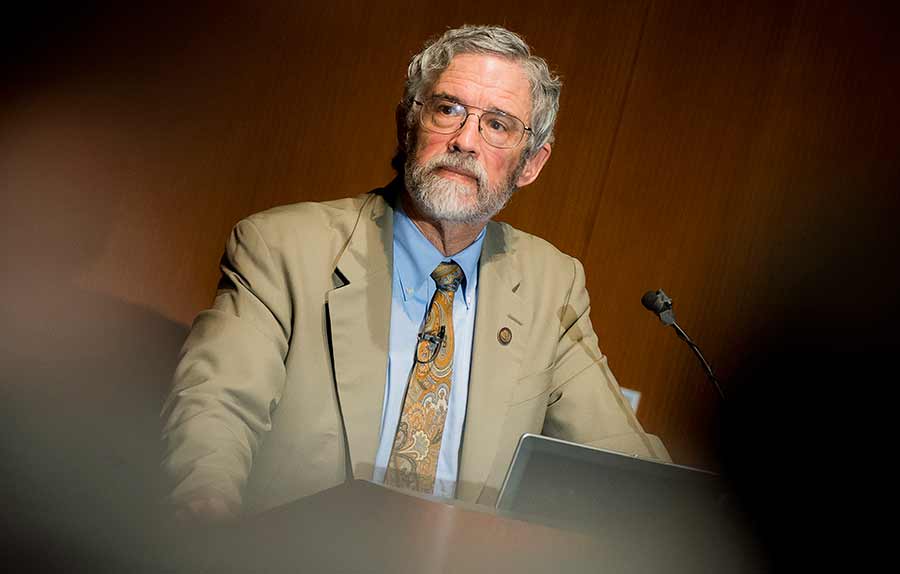
On Tuesday at the invitation of the Masters students at Scripps, I gave my own talk on blue carbon called “Poop, Roots, and Deadfall: The Story of Blue Carbon.” The arc of the story was blue carbon’s definition and the different mechanisms for how it works; the threats to this amazing carbon sink aspect of our global ocean; the solutions to restore the ocean’s ability to sequester carbon from the atmosphere; and the long-term storage of that carbon in the deep ocean and the sediments in the seafloor. I touched upon some of our own work through restoration of seagrass, certification of a sequestration calculation methodology, and our creation of the SeaGrass Grow carbon offset calculator. I tried to place all of this in the context of international and domestic policy development intended to support this idea of blue carbon sequestration. I, of course, did not neglect to point out these natural systems also provide outstanding habitat, as well as storm surge attenuation to protect our human settlements on the coast.
At the end of the day, the students had organized a reception in part to say thank you for the counseling and the blue carbon talk. One of the current masters students said to me “you must be exhausted” after these eventful days. I responded to her that inspired people are inspiring, that at the end of the day I felt that I had gained energy; not had it taken away from me. This is the blessing of being part of The Ocean Foundation community—so many inspired people doing inspirational work on behalf of our world’s life support: our ocean.
Watch Mark’s presentation to Center for Marine Biodiversity and Conservation at Scripps, “Poop, Roots and Deadfall: The Story of Blue Carbon.” Make sure to watch the last half for an engaging Q & A session.
